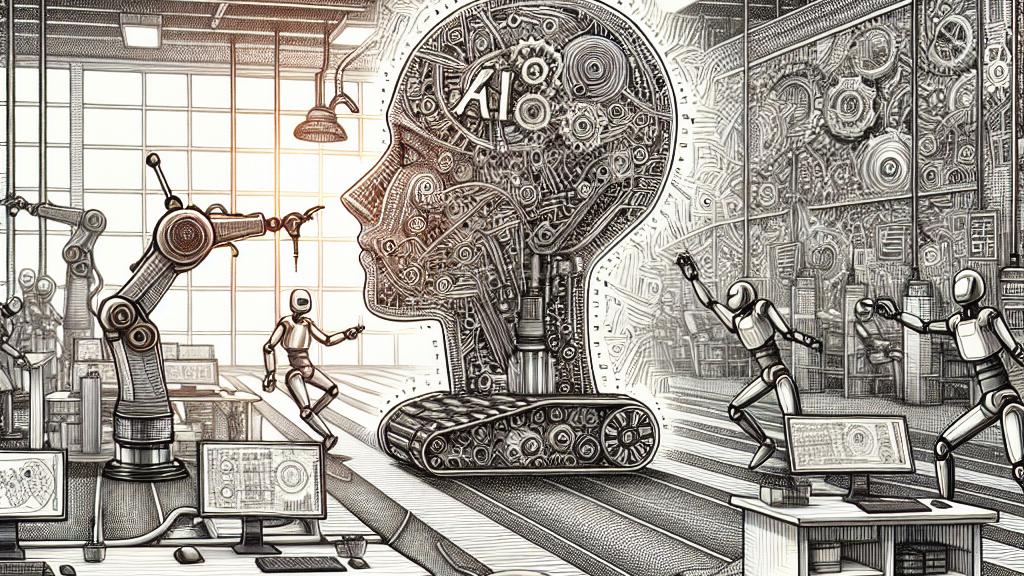How Indoor Training Makes AI Smarter
Overview
- Indoor training unexpectedly boosts AI performance in complex tasks.
- Cleaner environments dramatically enhance AI’s ability to understand challenges.
- Training with noise equips AI to manage real-world unpredictability.

The Surprising Rise of AI
In the heart of the United States, at the innovative Massachusetts Institute of Technology (MIT), a groundbreaking discovery has emerged that flips our traditional understanding of AI training upside down. Engineers have long believed that for an AI to excel, it must train in environments that mimic real-world conditions closely. They thought this was crucial to ensure the AI wouldn’t falter under pressure. Yet, the latest research reveals a stunning reality: AI trained in controlled, noise-free indoor settings often outperforms its counterparts when faced with the unpredictable chaos of the real world. This revelation challenges conventional wisdom and opens up exciting new avenues for AI development!
Understanding through Simplicity
Let’s picture the scenario: AI agents trained on classic arcade games, like Pac-Man and Breakout, experienced two very different environments. One was a serene, distraction-free zone, where every rule of the game was crystal clear, and the other was fraught with chaos, where enemies moved in unpredictable patterns. The results? Absolutely fascinating! The AI that received training in the quiet setting not only understood the game mechanics better but also significantly outperformed those that learned amidst the distractions when met with more complex challenges later on. This is reminiscent of how a budding musician practices in a quiet room to refine their skills before performing on stage—where they need to manage both their talent and the surrounding noise!
Training for Adaptability
What’s even more interesting are the insights gained from training in noisy environments. It turns out that AI agents exposed to distractions developed a remarkable ability to adapt when presented with unforeseen challenges later on. Imagine a sailor who perfects their maneuvers in calm waters before encountering a storm. This analogy beautifully illustrates a key point: while training in quieter settings helps refine foundational skills, grappling with distractions cultivates the resilience and flexibility needed for success in the unpredictable real world. Therefore, such dual-path training becomes essential for creating robust AI systems capable of thriving in a variety of conditions. In essence, the blend of calm and chaotic environments during training not only enriches the learning experience but also significantly enhances performance under pressure!

Loading...